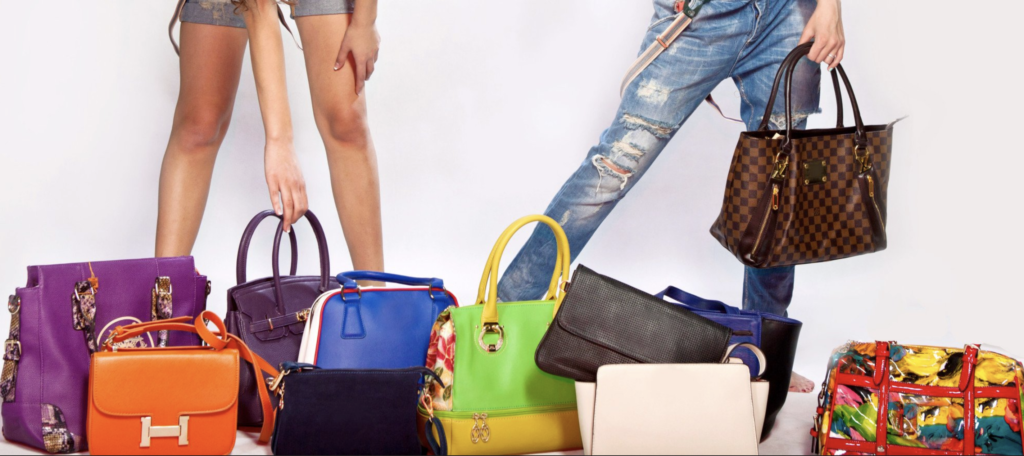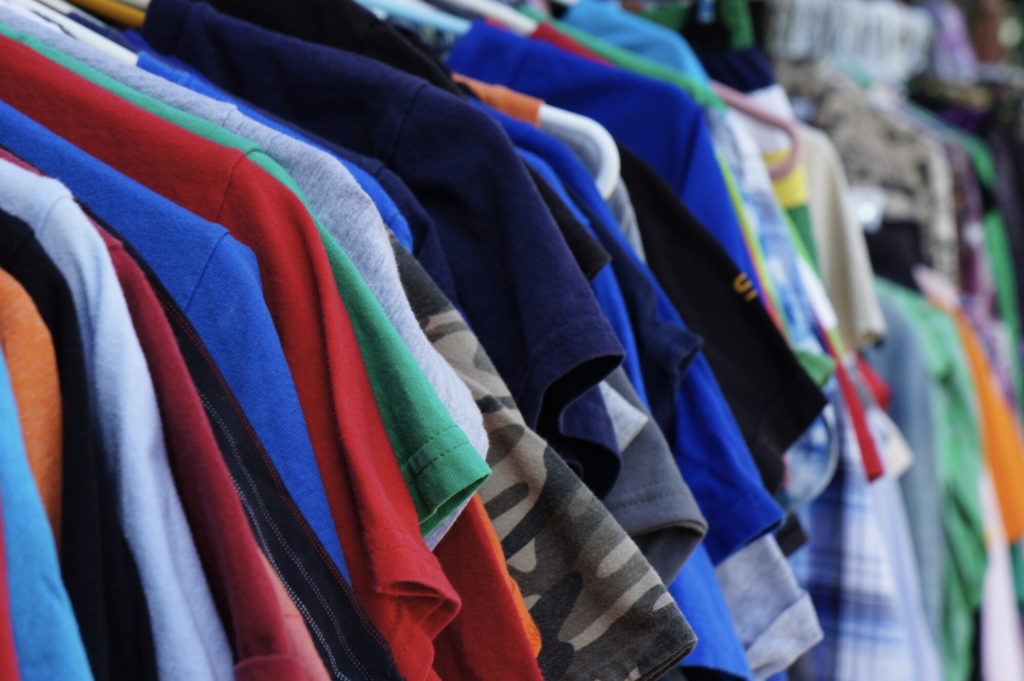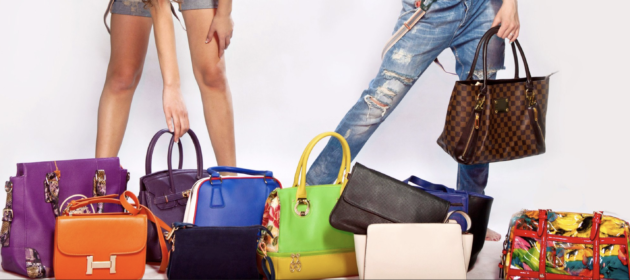
In the past, the luxury market was almost exclusively tied to brand-new items purchased directly from boutiques or authorized retailers. These purchases were seen as the pinnacle of sophistication and exclusivity. Today, that perception is shifting. An increasing number of style-conscious shoppers are embracing second-hand luxury items, finding value in their history, sustainability, and affordability. This trend is redefining how people view ownership, status, and style.
The move toward pre-owned luxury is a reflection of broader changes in consumer behavior and priorities. From environmental concerns to economic practicality, there are many factors behind this shift.
Table of Contents
The Allure of Timeless Quality
One of the main reasons buyers are turning to second-hand luxury is the unmatched craftsmanship these items offer. Luxury brands are known for their attention to detail, premium materials, and designs that stand the test of time. This means that a handbag, watch, or pair of shoes purchased years ago can remain in excellent condition with proper care.
Many shoppers view pre-owned luxury as an opportunity to acquire unique pieces that are no longer in production. A discontinued bag or limited-edition watch might be impossible to find new, but can be discovered in the second-hand market. These treasures carry a sense of individuality that sets them apart from current-season products available in every store.
Sustainability and Ethical Considerations
As sustainability becomes a greater priority for consumers, the second-hand luxury market offers a way to align high-end shopping with eco-conscious values. Buying pre-owned helps reduce waste and lowers demand for new production, which in turn can decrease the environmental impact associated with manufacturing.
Shoppers are increasingly aware of the ethical implications of fast fashion and mass production. Choosing second-hand luxury supports the idea of extending a product’s lifecycle. This approach emphasizes quality over quantity and encourages responsible consumption.
Making Luxury More Accessible
Price remains one of the most attractive aspects of second-hand luxury shopping. While premium items will always carry a higher price tag than mass-market goods, purchasing pre-owned can make them far more attainable. For many buyers, the ability to own a designer bag or luxury timepiece at a reduced price is the deciding factor.
The resale market has grown into a well-organized space with reputable sellers offering authentication services and return policies. This has increased buyer confidence and allowed more people to enter the luxury market without the intimidation or financial burden often associated with new purchases.
The Role of Online Marketplaces
The digital age has revolutionized the second-hand luxury space. Online platforms now provide access to global inventories, making it easier than ever for shoppers to find exactly what they want. Authentication services, detailed product descriptions, and high-resolution images give buyers the assurance they need to shop with confidence.
For those new to this type of purchase, many marketplaces provide guides on product care, brand histories, and tips for evaluating authenticity. If you want to explore a wide variety of curated options, you can visit their website to browse listings and discover hidden gems. These digital platforms have opened the door to a thriving resale culture that is both modern and deeply rooted in tradition.
Consumers value the convenience of shopping from home while having access to products from sellers all over the world. This global reach allows for more competitive pricing and a wider range of options than local stores can provide.
Social Influence and Changing Perceptions
Social media has played a significant role in normalizing and even glamorizing the purchase of pre-owned luxury goods. Influencers and celebrities openly share their second-hand finds, highlighting the appeal of vintage pieces and sustainable shopping. This visibility has helped shift public perception, turning what was once considered a compromise into a mark of style and individuality.
Shoppers now see pre-owned luxury as an intentional choice rather than a last resort. The idea of “fashion recycling” has become part of the conversation, reinforcing the concept that great style doesn’t require a constant stream of new purchases.
Confidence Through Authentication
One of the biggest barriers to buying pre-owned luxury in the past was the risk of purchasing counterfeit goods. Modern resale platforms and reputable boutiques have addressed this concern by offering professional authentication. These services verify every detail, from serial numbers to stitching patterns, ensuring that buyers get exactly what they’re paying for.
This added security has made second-hand shopping more appealing, even to those who were previously hesitant. For many consumers, knowing that their purchase has been authenticated is as important as the product itself.
Investment Potential
While most buyers focus on the enjoyment and use of their luxury items, some see pre-owned purchases as an investment. Certain brands and models retain or even increase in value over time. Limited-edition releases, iconic designs, and products from heritage brands are especially likely to appreciate.
In these cases, purchasing pre-owned can be a strategic move, offering both immediate enjoyment and the possibility of a financial return in the future. The key is understanding market trends and selecting pieces with lasting demand.
The Future of Second-Hand Luxury
The growth of the second-hand luxury market shows no signs of slowing down. As consumers continue to value sustainability, affordability, and uniqueness, this segment will likely expand further. Brands themselves are beginning to acknowledge the importance of the resale market, with some launching their own buy-back and resale programs.
For style-conscious shoppers, the appeal of combining luxury with practicality is hard to resist. Whether driven by environmental concerns, financial savings, or the thrill of finding something rare, the reasons for buying second-hand luxury are diverse and deeply personal.

The rise of second-hand luxury shopping marks a significant shift in how people approach high-end fashion and accessories. It challenges the traditional idea that luxury must be brand-new to be valuable and opens the door to a more sustainable, accessible, and individualistic form of style.
For many, the choice to buy pre-owned is a blend of practicality and passion, an opportunity to enjoy the best of luxury without the drawbacks of overproduction and inflated prices. As the market continues to grow, it’s clear that second-hand luxury is no longer just an alternative; it’s becoming a preferred way to shop for those who want their style choices to reflect both taste and thoughtful consumption.
